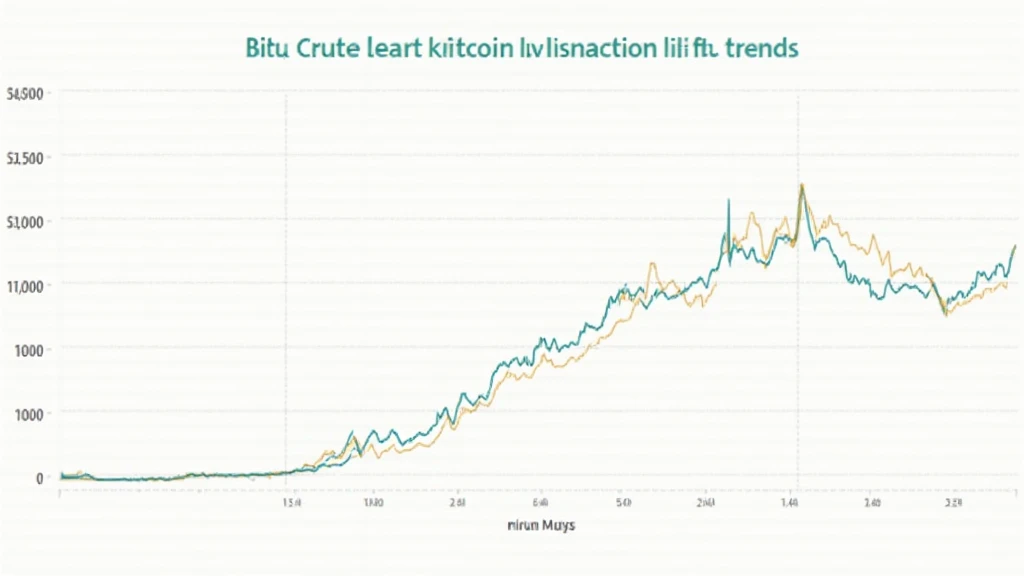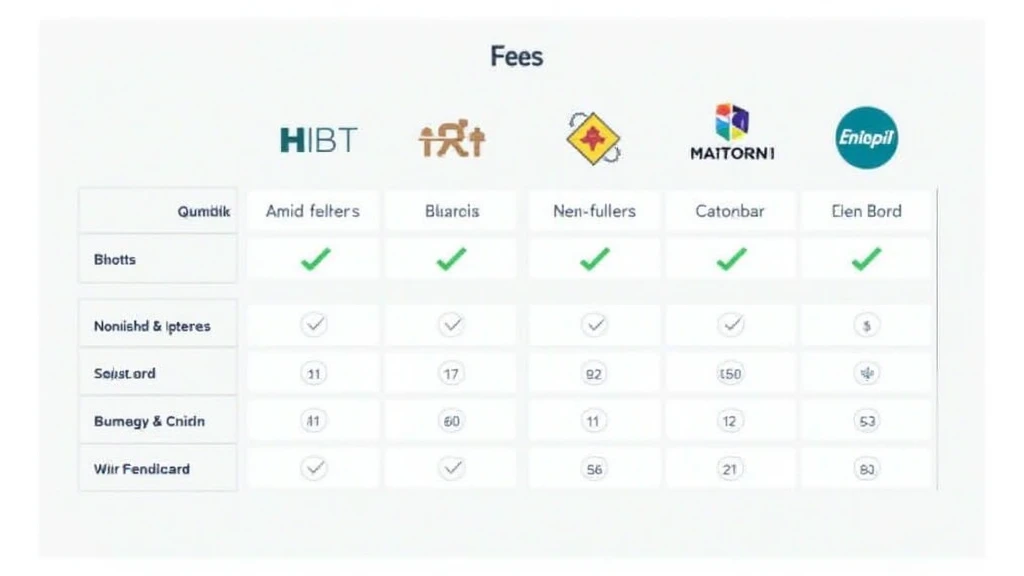Bitcoin Network Transaction Fee Trends: Understanding the Shifts
As we advance through 2025, the dynamics of Bitcoin transaction fees are becoming increasingly critical for both users and miners. In the past year alone, Bitcoin transaction fees have seen dramatic variations. With this shift, many stakeholders are left asking: what does the future hold for the Bitcoin network transaction fees?
According to recent statistics, the average transaction fee peaked at an alarming $60.5 in March 2024. This surge not only reflects increased demand for network space but also highlights the nuanced relationship between miner incentives and user costs. In this article, we will dive deep into the trends surrounding transaction fees, what influences them, and how users can navigate these evolving waters.
The Overview of Bitcoin Transaction Fees
Bitcoin transaction fees are the payments made by users that allow their transactions to be validated and included in a block by miners. These fees can fluctuate significantly based on various factors including network congestion and market demand. Let’s consider the mechanics of how these fees function:

- **Supply and Demand:** During high traffic periods, users may be required to pay more to ensure timely confirmations.
- **Block Size Limitations:** Each Bitcoin block has a size limit (currently 1MB), which constrains the number of transactions included in each block.
- **Miner Incentives:** Miners prioritize transactions based on fees, which means offering higher fees can increase the speed at which a transaction gets processed.
1. Historical Trends in Bitcoin Fees
Historically, significant spikes in Bitcoin transaction fees typically correlate with market events or external pressures such as network upgrades or global crises. For instance, analysis shows that during the 2021 bull run, transaction fees soared and reached an average of $20, necessitating a deeper look into volatility factors.
As we approach mid-2025, monitoring historical trends reveals two dominant variables at play:
- **Increased Adoption:** An influx of new users leads to heightened transaction volumes and thus, a natural rise in fees.
- **Market Speculation:** Speculative trading can drive up the number of transactions as users rush to buy or sell at opportune moments.
2. Factors Influencing Transaction Fees
Several key factors contribute to the fluctuation of Bitcoin transaction fees:
- **Network Congestion:** A congested network can lead to higher fees as users compete to get their transactions mined.
- **Transaction Size:** Larger transactions will naturally incur higher fees, often requiring users to research the optimal transaction size.
- **Market Conditions:** Overall market sentiments can influence user behavior, impacting transaction volume and fees.
To better visualize this, consider the scenario during major market announcements, where sudden spikes in transaction fees mirror spikes in trading activity.
3. Comparative Analysis: Bitcoin vs. Other Cryptocurrencies
In comparison to alternative cryptocurrencies, Bitcoin’s transaction fees remain relatively higher due to its popularity and demand. For example, Ethereum’s transaction fees also vary, but technological advancements like layer 2 solutions have drastically lowered costs for average users.
Here’s a comparative breakdown:
| Cryptocurrency | Average Transaction Fee (2024) |
|---|---|
| Bitcoin | $17.40 |
| Ethereum | $7.30 |
| Litecoin | $0.12 |
4. The Future Outlook of Bitcoin Fees
What’s the future trajectory for Bitcoin transaction fees? Industry experts predict that adoption rates could lead to continued fee increases unless scalability initiatives are widely adopted. The emerging layer 2 solutions such as the Lightning Network offer potential avenues to streamline transactions and reduce fees significantly.
Let’s consider the reader’s perspective; if fees continue rising, users might look towards alternative assets. Moreover, emerging markets, particularly in regions like Vietnam, illustrate burgeoning user interest in cryptocurrencies. As per recent reports, Vietnam saw a staggering growth rate of over 28% in crypto adoption among millennials in 2024.
5. Strategies for Users to Mitigate High Fees
Here are some effective strategies users can employ to mitigate high transaction fees:
- **Choose Off-Peak Times:** Making transactions during less congested hours can substantially lower fees.
- **Transaction Fee Estimation Tools:** Utilize available tools to help gauge the ideal fee based on real-time network conditions.
- **Batch Transactions:** For frequent users, batching multiple transactions can significantly reduce the overall fee.
Such tools have become fundamental as networks evolve. Users can even look to platforms like hibt.com to assess Bitcoin and other transactions efficiently.
Conclusion
Understanding Bitcoin network transaction fee trends is paramount for navigating the evolving landscape of cryptocurrencies. As the network matures and adjusts to increasing user demands, users must stay informed to make strategic decisions regarding transaction timing and fee structures.
The trends projecting into 2025 indicate an increase in total fees unless substantial changes are made to enhance scalability. Adaptation and strategic planning will be crucial for users as we continue toward a more digitized financial future.
To summarize, for anyone involved in Bitcoin, whether a seasoned trader or a newcomer, keeping an eye on transaction fee trends could greatly impact your financial outcomes. If you want to stay updated on the latest developments in the crypto world, don’t hesitate to visit allcryptomarketnews.
About the Author
Dr. Chang Ho, a blockchain technology expert, has contributed extensively to over 15 publications concerning cryptocurrency trends and security protocols. He has led audits for numerous significant blockchain projects, enhancing the industry’s knowledge base.





